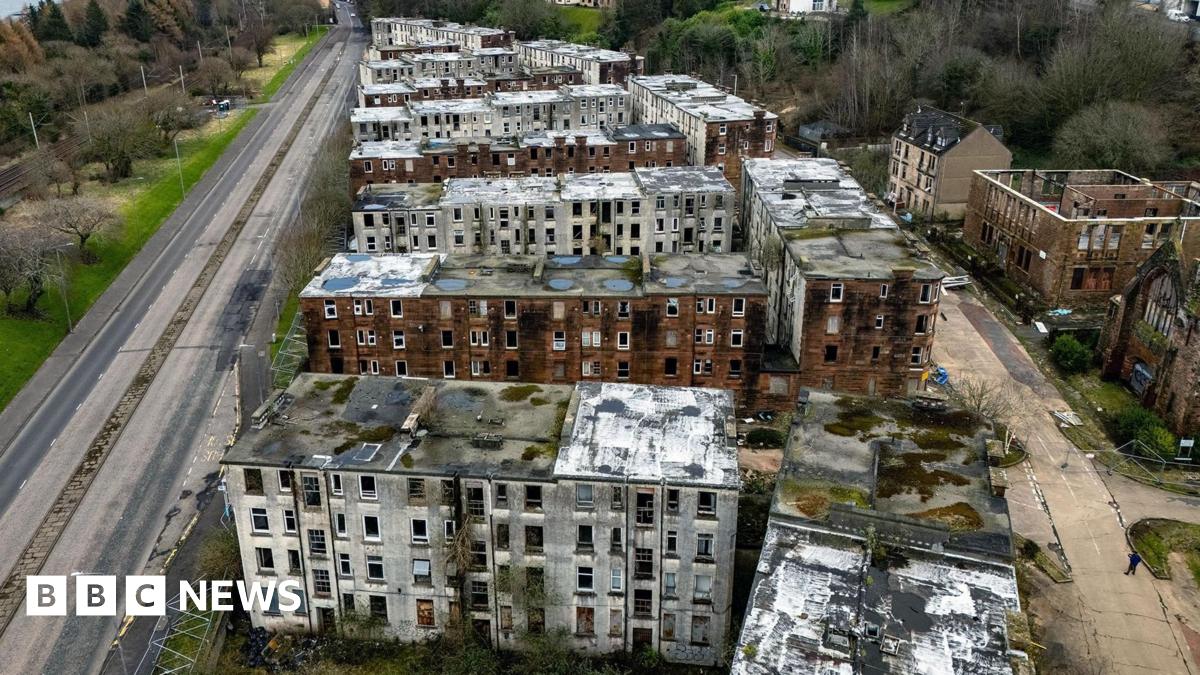Scotland's Chernobyl: Demolition Begins on Dounreay's Reactor
The long-awaited demolition of a highly contaminated reactor at the Dounreay nuclear site in Scotland has finally begun. This marks a significant step in the decades-long decommissioning process of the site, often referred to as "Scotland's Chernobyl" due to its complex and hazardous legacy. The project, expected to last several years, promises to be one of the most challenging and technically demanding nuclear decommissioning endeavors ever undertaken in the UK.
A Legacy of Contamination
The Dounreay nuclear facility, located in Caithness, operated from 1955 to 1994, experimenting with various types of fast breeder reactors. This experimental nature, coupled with less stringent safety regulations of the time, resulted in significant contamination of the surrounding environment. The site contains a complex mix of radioactive materials, including plutonium and other hazardous substances, posing a considerable environmental and health risk.
The demolition focuses initially on the Dounreay Fast Reactor (DFR), a pioneering but problematic reactor that played a key role in the UK's early nuclear program. The DFR's unique design and the high levels of radioactive contamination within its structure present unique challenges for the demolition team. The process involves careful dismantling and removal of highly radioactive components, requiring specialized equipment and rigorous safety protocols.
The Demolition Process: A Carefully Orchestrated Effort
The demolition is not a simple implosion, but a meticulously planned and executed process involving several key phases:
- Decontamination: Prior to demolition, extensive decontamination efforts are underway to minimize the spread of radioactive materials. This involves specialized cleaning techniques and the removal of surface contamination.
- Dismantling: The reactor is being systematically dismantled, with highly radioactive components removed and packaged for safe transportation and disposal.
- Disposal: The radioactive waste generated during the demolition process will be managed according to strict regulatory requirements. This will involve long-term storage and eventual disposal in specialized facilities.
- Site Remediation: Following the demolition, extensive site remediation will be undertaken to ensure the area is safe for future use. This involves soil remediation and the removal of any remaining contamination.
Implications and Future Outlook
The successful demolition of the Dounreay Fast Reactor represents a major milestone in the long-term decommissioning of the Dounreay site. It demonstrates the UK's commitment to addressing its nuclear legacy responsibly and safely. The project will undoubtedly inform future nuclear decommissioning projects, both within the UK and internationally. However, the vast scale and complexity of the Dounreay site mean that the decommissioning process will continue for many years to come.
The challenges posed by the Dounreay site highlight the importance of robust safety regulations and responsible management of nuclear waste in the nuclear industry. This project serves as a reminder of the long-term environmental and social responsibilities associated with nuclear power.
Further Reading:
Call to Action: Stay updated on the progress of the Dounreay decommissioning project by following the official channels and news reports. The project’s success is critical for environmental protection and public safety in Scotland.

